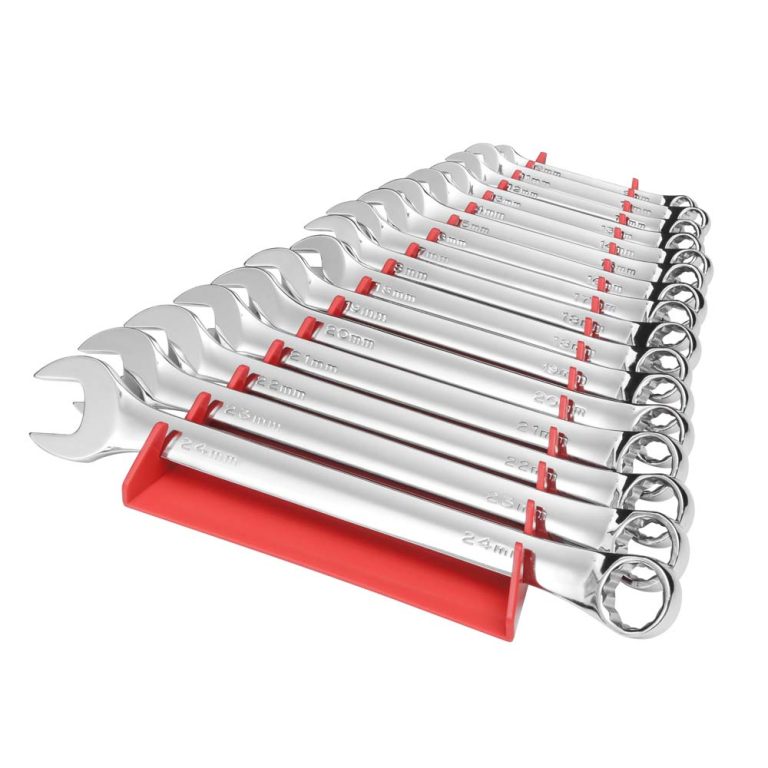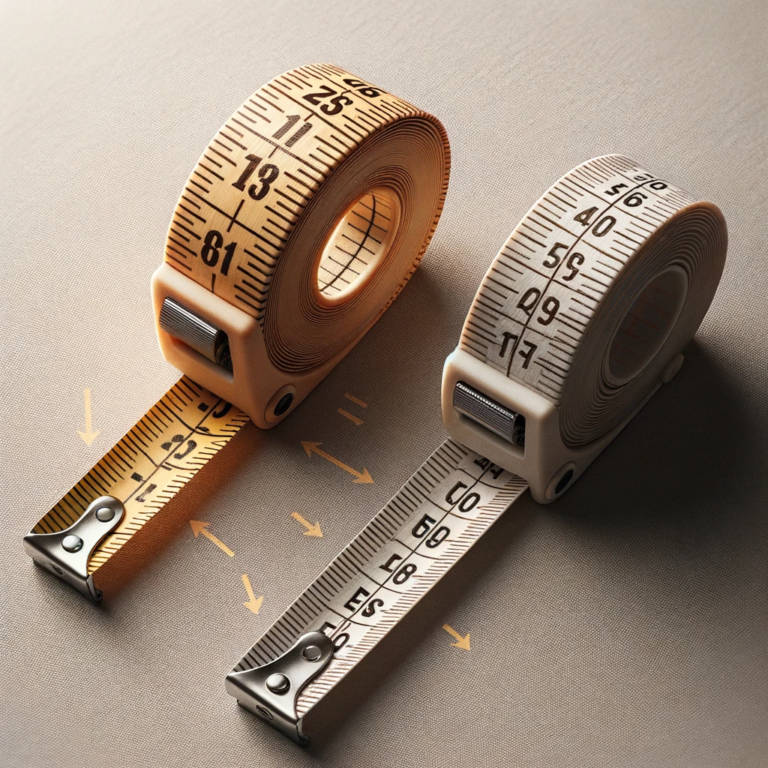
Tape Measure Reading: Guide to Accurate Measurements
Accurate measurements are the cornerstone of successful projects, whether you’re embarking on a DIY home improvement task, tailoring a garment, or undertaking a professional construction job. Understanding how to read a tape measure correctly is essential for achieving precision and avoiding costly mistakes. In this comprehensive guide, we will explore the intricacies of tape measure reading, delve into various techniques, highlight common pitfalls, and provide valuable tips to enhance your measurement skills. By mastering tape measure reading, you can ensure that every project you undertake meets your exact specifications and expectations.
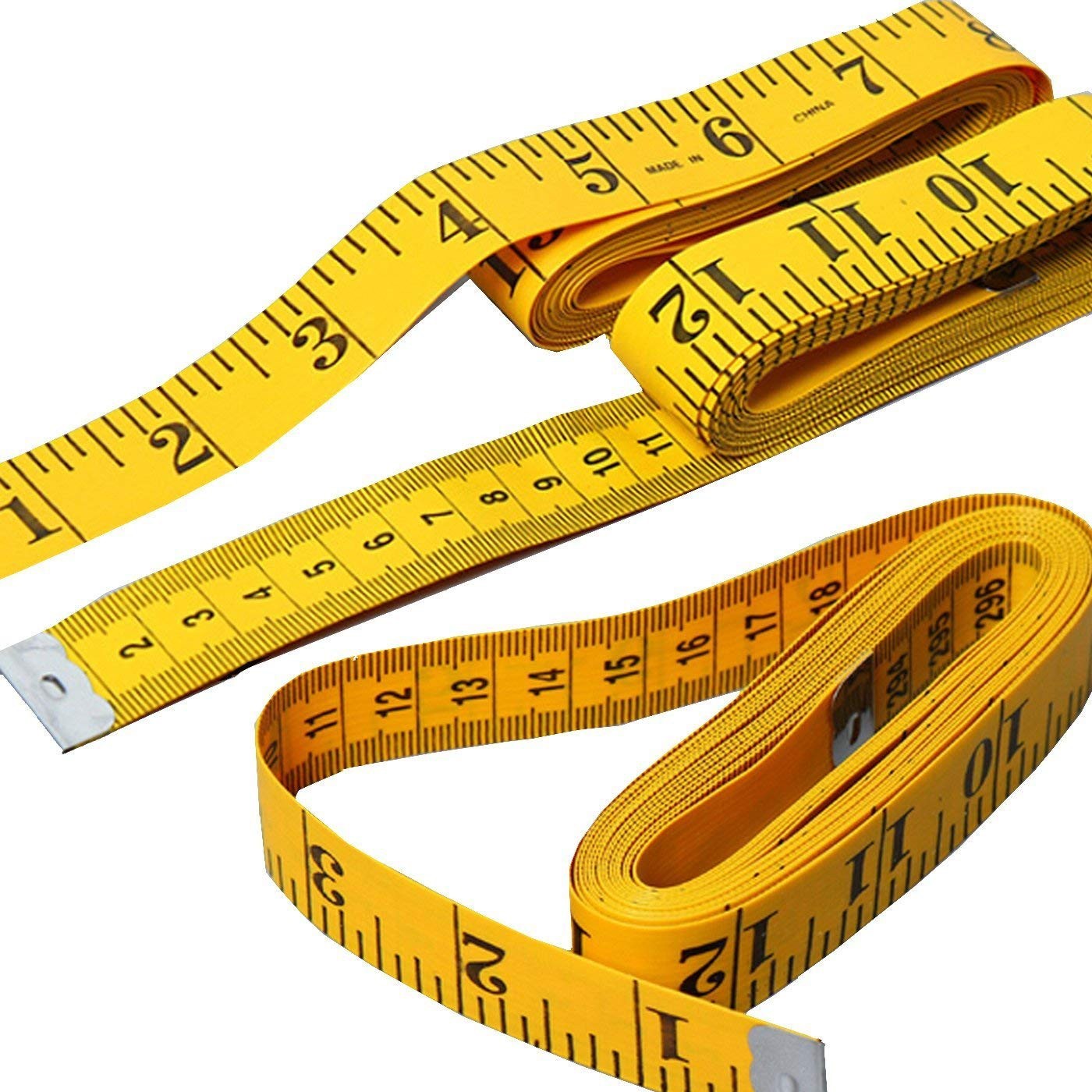 The Importance of Accurate Tape Measurement
The Importance of Accurate Tape Measurement
Accurate tape measure reading is fundamental in various fields, including construction, sewing, carpentry, and even everyday tasks at home. Whether you’re building a deck, tailoring a suit, or simply hanging pictures, precise measurements ensure that your work fits perfectly and functions as intended. Furthermore, mastering tape measure reading can save you time and resources by minimizing errors and reducing the need for rework.
Enhancing Precision in Construction
In the construction industry, precision is non-negotiable. From laying the foundation to installing fixtures, every measurement must be exact. Accurate tape measure reading helps contractors ensure that structural elements align correctly, doors and windows fit seamlessly, and overall dimensions meet design specifications. This level of precision not only enhances the quality of the construction but also ensures safety and compliance with building codes.
Perfect Fits in Tailoring and Sewing
For those in the fashion and sewing industries, tape measure reading is crucial for creating garments that fit perfectly. Whether you’re taking body measurements or ensuring that fabric cuts are precise, accurate measurements are essential for producing high-quality clothing. Misreading a tape measure can lead to ill-fitting garments, which may require additional adjustments and alterations, ultimately impacting both time and costs.
Efficiency in DIY Projects
Homeowners and DIY enthusiasts rely heavily on accurate tape measure reading to complete projects efficiently. Whether you’re renovating a room, building furniture, or assembling shelves, precise measurements ensure that all components fit together as intended. This accuracy helps prevent frustration and wasted materials, making your projects smoother and more enjoyable.
Understanding the Anatomy of a Tape Measure
Before diving into tape measure reading techniques, it’s essential to familiarize yourself with the tool’s anatomy. A typical tape measure consists of several key components that contribute to its functionality and accuracy.
The Blade
The blade, also known as the tape, is the flexible, retractable part of the tape measure. It is usually made of metal and marked with measurement units, such as inches and centimeters. The blade is designed to extend and retract smoothly, allowing for easy measurement of both short and long distances.
The Case
The case houses the blade and provides a sturdy frame for the tape measure. Cases are typically made from durable materials like plastic or metal and come in various sizes and designs. The case often features a belt clip for convenient carrying and storage.
The Lock Mechanism
The lock mechanism is a crucial component that allows you to lock the blade in place once you’ve extended it to the desired length. This feature ensures that the measurement remains steady, preventing accidental changes while taking measurements.
The End Hook
The end hook, or tang, is a small metal piece located at the tip of the blade. It serves as a zero point when taking measurements and helps secure the tape measure in place against surfaces. The end hook is designed to move slightly to account for the hook’s thickness, ensuring accurate measurements even when measuring inside or outside edges.
The Measurement Markings
Tape measures are marked with both Imperial (inches and feet) and Metric (centimeters and meters) units. These markings are typically printed or engraved on the blade and sometimes color-coded for easy reference. Familiarizing yourself with these markings is essential for accurate tape measure reading.
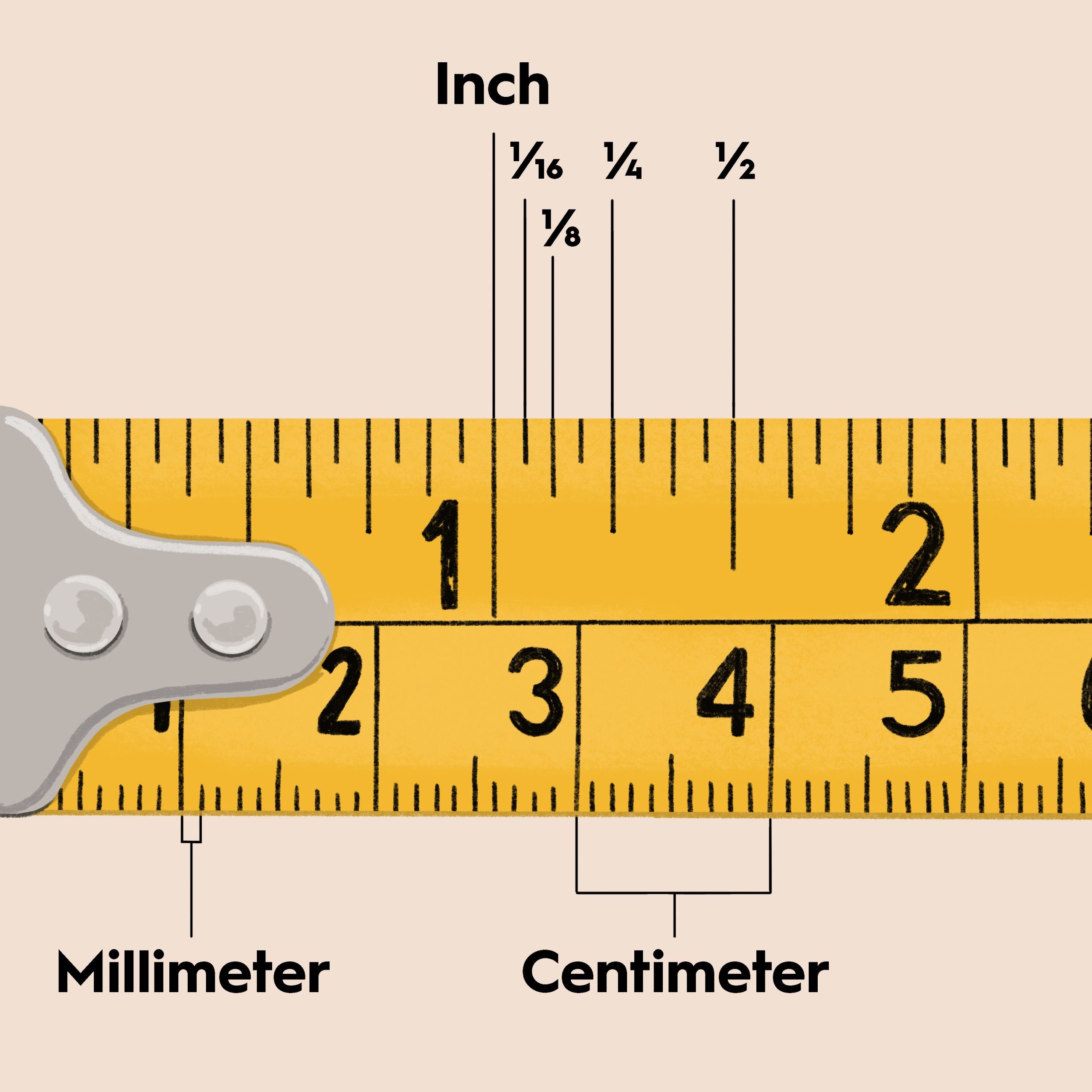 Techniques for Accurate Tape Measurement
Techniques for Accurate Tape Measurement
Mastering tape measure reading involves understanding how to interpret the measurement markings accurately and applying proper measurement techniques. Here are some essential techniques to ensure precise measurements every time.
Zero Point Calibration
One of the most critical aspects of tape measure reading is understanding the zero point. The zero point is the starting reference from which all measurements are taken. When measuring against an inside edge, the tang moves slightly to account for its thickness, ensuring that the measurement remains accurate. Conversely, when measuring against an outside edge, the tang remains stationary. Always ensure that the tape measure is correctly aligned with the zero point to avoid errors.
Reading the Scales
Tape measures typically feature two main scales: inches and centimeters. Additionally, there may be sub-markings for fractions of an inch or millimeters. To read the tape measure accurately:
- Identify the Largest Markings: These usually represent whole units, such as inches or centimeters.
- Locate the Smaller Markings: These denote fractions or smaller subdivisions. For example, in an inch scale, smaller lines might indicate halves, quarters, eighths, and sixteenths of an inch.
- Combine the Readings: To get an exact measurement, combine the whole unit with the smaller subdivisions. For instance, if the tape measure points to the third small line after the 2-inch mark, it might indicate 2 3/8 inches.
Ensuring the Tape is Straight and Taut
For the most accurate readings, ensure that the tape measure is straight and taut against the object you’re measuring. Any bending or slack in the tape can lead to inaccurate measurements. Hold the tape measure firmly at both ends to maintain tension and prevent any shifts during the measurement process.
Using the Lock Mechanism
Proper use of the lock mechanism is essential for maintaining accurate measurements, especially when measuring longer distances. Once you’ve extended the tape measure to the desired length, engage the lock to hold the blade in place. This action prevents the tape from retracting or moving, ensuring that the measurement remains steady while you jot it down or transfer it to your project.
Double-Checking Measurements
To eliminate the possibility of errors, always double-check your measurements. After taking an initial measurement, retract the tape measure and then measure again to confirm consistency. This practice is especially important for critical measurements in construction or sewing projects where precision is paramount.
Common Mistakes in Tape Measurement and How to Avoid Them
Even with the best intentions, it’s easy to make mistakes when reading a tape measure. Being aware of these common errors and knowing how to avoid them can significantly enhance your measurement accuracy.
Misinterpreting the Zero Point
As previously mentioned, the zero point is crucial for accurate measurements. A common mistake is misaligning the tape measure’s zero point with the object’s edge, leading to discrepancies in the final measurement. Always ensure that the end hook is correctly positioned at zero, whether you’re measuring inside or outside edges.
Ignoring the Tape’s Flexibility
Tape measures are designed to be flexible, which can sometimes cause them to bend or curve during measurement. Ignoring this flexibility can result in inaccurate readings. To prevent this, guide the tape measure along the object, keeping it as straight and flat as possible. Avoid allowing the tape to bow or sag, especially when measuring longer distances.
Failing to Account for the Hook’s Thickness
The end hook’s slight movement is designed to account for its thickness when measuring. Neglecting to consider this factor can lead to small but significant measurement errors. Always ensure that the tape measure’s tang is appropriately adjusting for its own thickness by measuring both inside and outside edges correctly.
Not Reading the Measurement at Eye Level
Reading the tape measure from an angle can distort the measurement markings, leading to inaccuracies. To avoid this, always read the measurement at eye level, ensuring that the tape is perfectly perpendicular to the surface being measured. This practice helps maintain the integrity of the measurement and reduces the likelihood of errors.
Overlooking Subdivisions
Tape measures often include subdivisions for greater precision, such as eighths or sixteenths of an inch. Overlooking these smaller markings can result in less accurate measurements, especially in projects requiring high precision. Make a conscious effort to observe and include these subdivisions when taking measurements.
Applications of Tape Measurement in Various Fields
Understanding how to read a tape measure accurately is not only beneficial for personal projects but also essential in various professional fields. Here’s how precise tape measure reading plays a vital role in different applications.
Carpentry and Woodworking
In carpentry and woodworking, precise measurements are crucial for cutting and assembling pieces accurately. Whether you’re building furniture, cabinets, or intricate wooden structures, accurate tape measure reading ensures that all components fit together seamlessly. Even minor errors can lead to significant issues in the final product’s stability and appearance.
Construction and Engineering
In construction and engineering, tape measure reading is fundamental for planning, designing, and executing projects. Accurate measurements are vital for ensuring that structures are built to specifications, meet safety standards, and comply with architectural plans. Engineers rely on precise measurements to calculate load-bearing capacities, material requirements, and spatial dimensions.
Tailoring and Fashion Design
For tailors and fashion designers, accurate tape measure reading is the foundation of creating well-fitting garments. Precise measurements of the body and fabric are essential for cutting and sewing clothes that conform to the desired fit and style. Inaccurate measurements can result in ill-fitting clothing that may need costly alterations.
Interior Design and Home Improvement
Interior designers and home improvement enthusiasts use tape measure reading to plan and execute space layouts, furniture placement, and decor arrangements. Accurate measurements ensure that furniture fits well within a room, that fixtures are properly installed, and that overall aesthetics are maintained. This precision helps create harmonious and functional living spaces.
DIY Projects and Home Repairs
For homeowners engaging in DIY projects or home repairs, tape measure reading is indispensable. Whether you’re measuring walls for painting, calculating space for new appliances, or installing shelves, accurate measurements help achieve professional-looking results and prevent costly mistakes.
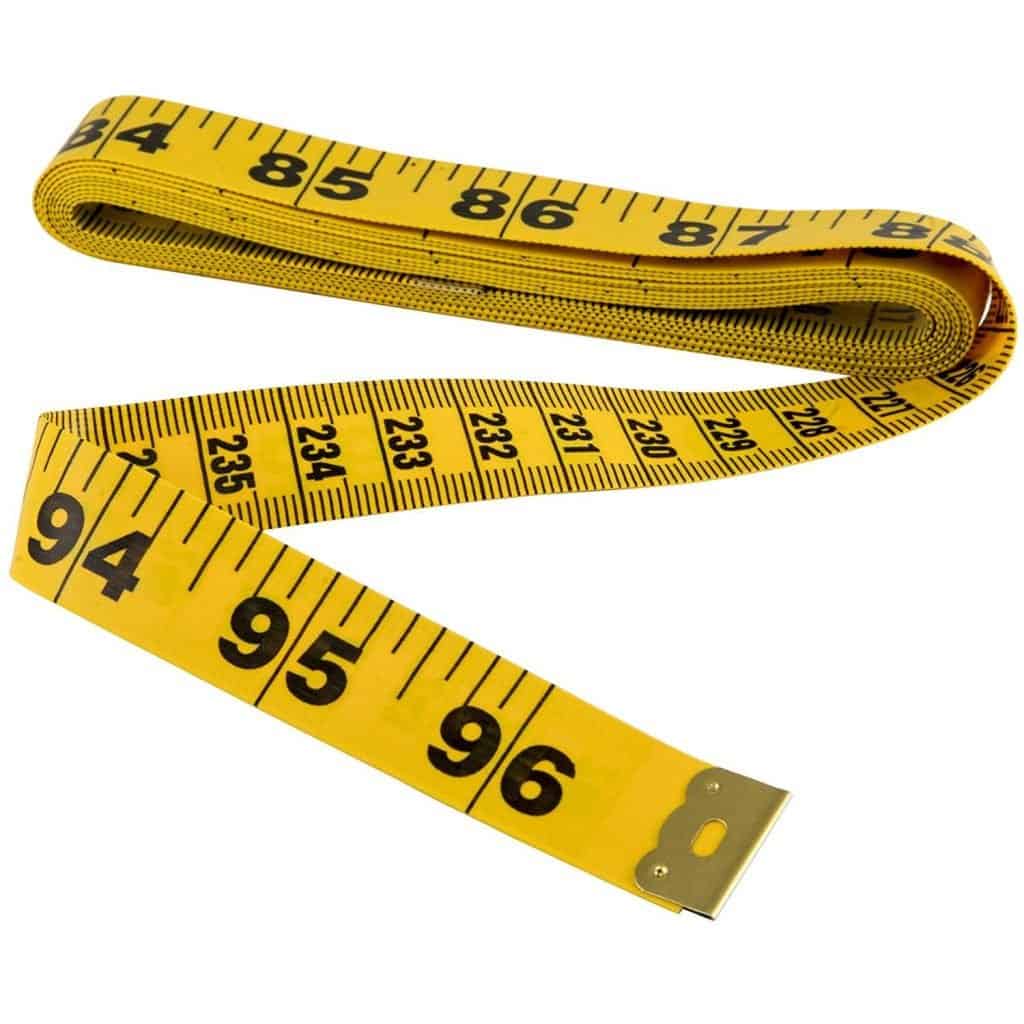 Advanced Tips for Improving Tape Measurement Skills
Advanced Tips for Improving Tape Measurement Skills
Enhancing your tape measure reading skills goes beyond understanding the basics. Here are some advanced tips to help you achieve greater accuracy and efficiency in your measurements.
Familiarize Yourself with Both Imperial and Metric Systems
Depending on your location and the type of projects you undertake, you may encounter both Imperial (inches and feet) and Metric (centimeters and meters) measurement systems. Familiarizing yourself with both systems enhances your versatility and ensures that you can accurately read measurements regardless of the system being used.
Practice Regularly
Like any skill, regular practice is essential for improvement. Make it a habit to use your tape measure in various situations, both professional and personal. The more you practice tape measure reading, the more intuitive and accurate it will become.
Use Reference Points
When taking measurements, use clear and consistent reference points. This practice ensures that you measure from the same starting point each time, reducing the likelihood of errors. For example, always measure from the corner of a room or from a specific edge of an object.
Invest in a Quality Tape Measure
A high-quality tape measure can make a significant difference in your measurement accuracy. Look for tape measures with clear, easy-to-read markings, a sturdy lock mechanism, and a durable case. Investing in a reliable tool ensures that your measurements remain consistent and accurate over time.
Learn to Estimate Sizes
While precise measurements are crucial, developing the ability to estimate sizes can enhance your efficiency, especially in situations where quick measurements are needed. Practice estimating lengths and then verifying them with your tape measure to build your estimation skills.
Use a Measuring Square for Perpendicular Measurements
When taking measurements that require perpendicular lines, such as measuring the height of a wall or the width of a doorway, using a measuring square can help ensure accuracy. A measuring square provides a right angle, making it easier to align your tape measure correctly.
Mark Measurements Clearly
When measuring and marking, use clear and visible indicators. This practice helps prevent confusion and ensures that you accurately transfer measurements to your project. Consider using masking tape, pencils, or markers to denote measurement points clearly.
Digital Tools and Innovations in Tape Measurement
Advancements in technology have introduced digital tools and innovations that enhance tape measure reading’s accuracy and convenience. These tools complement traditional tape measures, offering additional features to streamline the measurement process.
Digital Tape Measures
Digital tape measures provide electronic displays that show measurements digitally, reducing the risk of misreading analog markings. These tape measures often include features such as memory storage, unit conversion, and even Bluetooth connectivity for transferring measurements to digital devices.
Laser Distance Meters
Laser distance meters use laser beams to calculate distances accurately. They offer a convenient alternative to traditional tape measures, especially for measuring long distances or hard-to-reach areas. These devices provide quick and precise measurements with minimal effort.
Smartphone Apps
Numerous smartphone apps are designed to assist with tape measure reading and distance calculations. These apps utilize the phone’s camera and sensors to measure distances, angles, and areas. While not always as precise as traditional or digital tape measures, they offer added convenience for quick measurements.
Smart Tape Measures
Smart tape measures combine traditional tape measure functionality with digital technology. These devices can connect to smartphones or other digital devices, providing real-time measurement data, storing measurements, and integrating with design software. Smart tape measures enhance accuracy and efficiency, particularly in professional settings.
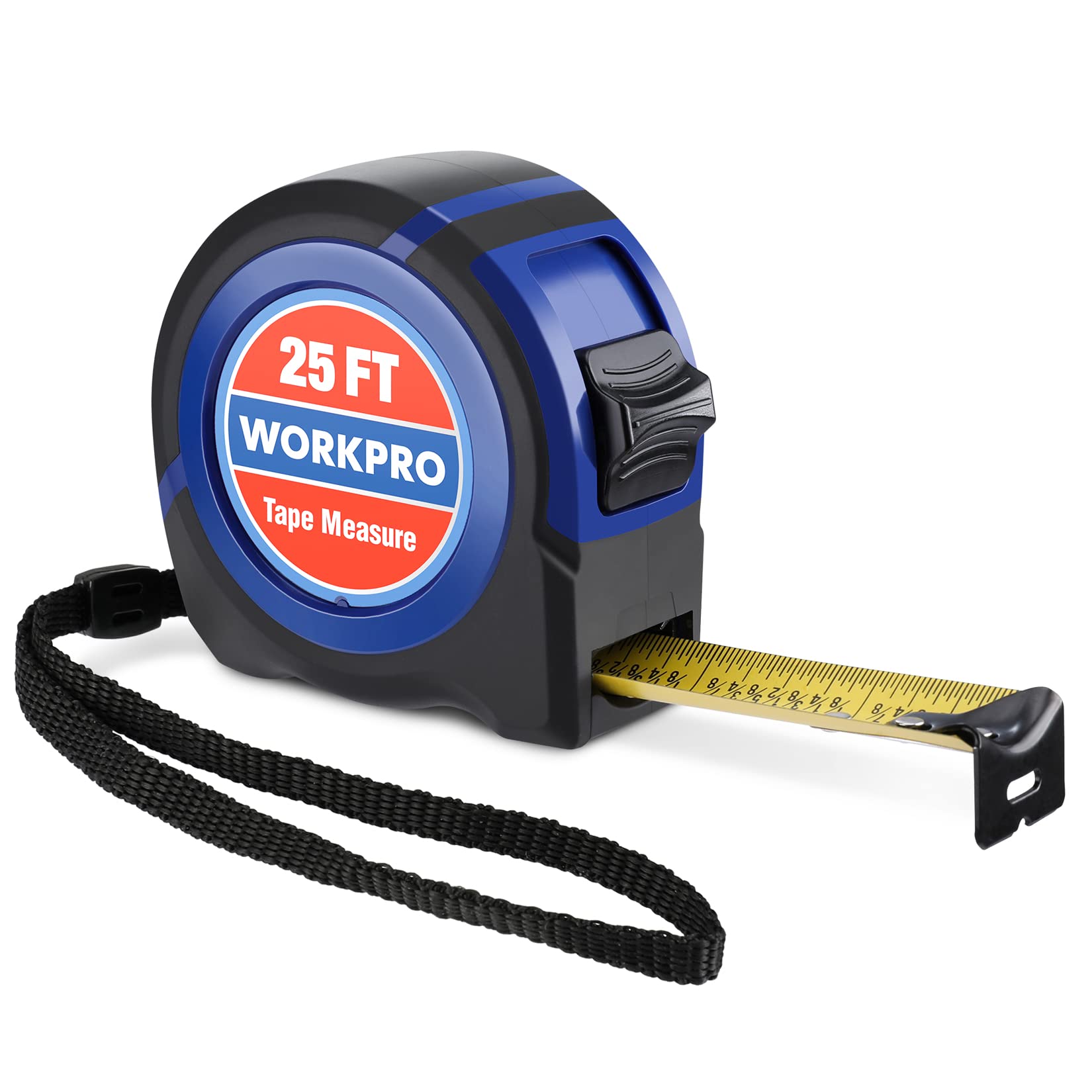 Troubleshooting Common Tape Measurement Issues
Troubleshooting Common Tape Measurement Issues
Even with accurate tape measure reading skills, you might encounter issues that can affect your measurements. Here are some common problems and how to troubleshoot them.
Misaligned Markings
Sometimes, the measurement markings on a tape measure can become misaligned or worn, making it difficult to read accurately. To troubleshoot this issue:
- Inspect the Tape Measure: Check for any damage or wear on the markings. If the markings are unclear, consider replacing the tape measure.
- Use Magnification: In cases where the markings are faint, use a magnifying glass or a smartphone app with zoom capabilities to read the measurements more clearly.
Tangling or Kinking
A tape measure that tangles or kinks can lead to inaccurate measurements. To prevent this:
- Proper Storage: Always retract the tape measure fully after use and store it in a case to prevent tangling.
- Handle with Care: Avoid pulling the tape measure too quickly or bending it sharply, as this can cause kinks and damage the tape.
Lock Mechanism Failure
If the lock mechanism fails to hold the tape in place, your measurements may shift or change unexpectedly. To address this problem:
- Check the Lock: Ensure that the lock mechanism is functioning correctly. If it feels loose or doesn’t hold the tape securely, consider repairing or replacing the tape measure.
- Use Clip-On Lock: Some tape measures come with clip-on locks that provide additional stability. Utilize these features to enhance the lock’s effectiveness.
Inconsistent Retracting
Inconsistent retracting can make it difficult to read measurements accurately. To troubleshoot:
- Clean the Tape Measure: Dirt and debris can interfere with the tape’s retracting mechanism. Clean the tape measure regularly to ensure smooth retracting.
- Lubricate if Necessary: Apply a small amount of lubricant to the retracting mechanism if it’s slow or sticky. Follow the manufacturer’s instructions to avoid damaging the device.
Practical Exercises to Improve Tape Measure Reading Skills
Improving your tape measure reading skills requires practice and hands-on experience. Here are some practical exercises to help you enhance your accuracy and confidence.
Measuring Everyday Objects
Start by measuring everyday objects around your home. Use a tape measure to determine the dimensions of furniture, appliances, and other items. This practice helps you become more familiar with the tape measure’s markings and improves your ability to take quick and accurate measurements.
Practicing Both Units
Ensure that you can read both Imperial and Metric units confidently. Practice converting measurements between the two systems to enhance your versatility. For example, measure the length of a table in inches and then convert it to centimeters.
Measuring Angles and Curves
Challenge yourself by measuring angles and curves. Use a protractor or a measuring square to assist you in taking precise measurements of angles. Practicing these measurements improves your ability to handle more complex projects that require angular accuracy.
Creating Measurement Charts
Create your own measurement charts that include common lengths, widths, and depths. Refer to these charts when taking measurements to ensure consistency and accuracy. This exercise reinforces your understanding of tape measure readings and helps you recognize patterns in measurements.
Simulating Professional Scenarios
Simulate professional measurement scenarios relevant to your field. For example, if you’re a carpenter, practice measuring and marking wood pieces accurately. If you’re a tailor, take detailed body measurements. These simulations prepare you for real-world applications and enhance your readiness for professional tasks.
The Role of Tape Measurement in Project Planning and Execution
Effective project planning and execution rely heavily on accurate tape measure reading. Here’s how precise measurements influence different stages of a project.
Initial Planning and Design
During the planning and design phase, accurate measurements are essential for creating detailed plans and blueprints. Whether you’re designing a new room layout or drafting a construction plan, precise measurements ensure that your designs are feasible and align with your intended outcomes.
Material Calculation and Procurement
Accurate tape measure reading helps in calculating the required materials for a project. By knowing the exact dimensions, you can determine the quantity of materials needed, such as wood, fabric, or paint. This precision prevents over-purchasing or shortages, optimizing your budget and resource allocation.
Execution and Assembly
During the execution phase, accurate measurements guide the cutting, assembling, and installing processes. Ensuring that each component is measured correctly leads to a seamless assembly, reducing the risk of gaps, overlaps, or instability in the final product.
Quality Assurance and Final Adjustments
After assembling the project, double-checking measurements ensures that everything fits together correctly. Accurate tape measure reading allows you to identify and correct any discrepancies, ensuring that the final outcome meets your quality standards and design intentions.
Integrating Tape Measurement with Other Tools and Techniques
Tape measure reading often goes hand-in-hand with other tools and techniques to achieve comprehensive measurement accuracy. Here’s how to integrate it effectively.
Combining with a Level
Using a level in conjunction with a tape measure ensures that your measurements are not only accurate in length but also aligned correctly horizontally or vertically. This combination is especially useful in construction and carpentry projects where both length and alignment are crucial.
Utilizing a Square
A square tool helps in taking precise perpendicular measurements, ensuring that corners and angles are accurate. Integrating a square with your tape measure reading enhances the overall precision of your measurements, particularly in framing and layout tasks.
Incorporating a Calculator
A calculator can assist in performing quick conversions and calculations based on your tape measure readings. Whether you’re converting units or calculating areas and volumes, a calculator complements your tape measure reading by providing accurate numerical insights.
Employing Marking Tools
Marking tools such as pencils, chalk, or masking tape help in transferring measurements from the tape measure to your project. Clear and precise markings ensure that your measurements are accurately replicated during cutting or assembly, enhancing the overall quality of your work.
 Conclusion
Conclusion
In conclusion, mastering tape measure reading is an invaluable skill that underpins the success of numerous projects across various fields. From construction and carpentry to tailoring and DIY home improvements, accurate measurements ensure that your work is precise, efficient, and of high quality. By understanding the anatomy of a tape measure, employing proper reading techniques, avoiding common mistakes, and integrating advanced tools and practices, you can elevate your measurement skills to new levels. Whether you’re a professional seeking to enhance your craftsmanship or a hobbyist aiming for project perfection, proficiency in tape measure reading will empower you to achieve your goals with confidence and accuracy. Embrace these principles, practice regularly, and watch as your projects transform into precise and impressive accomplishments.
